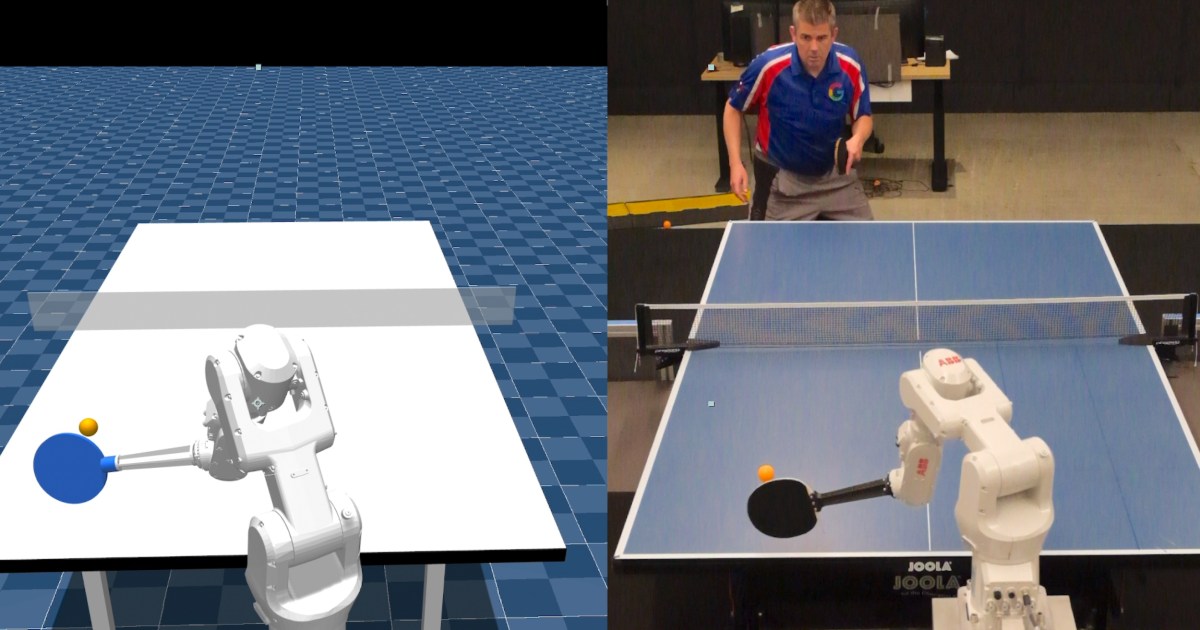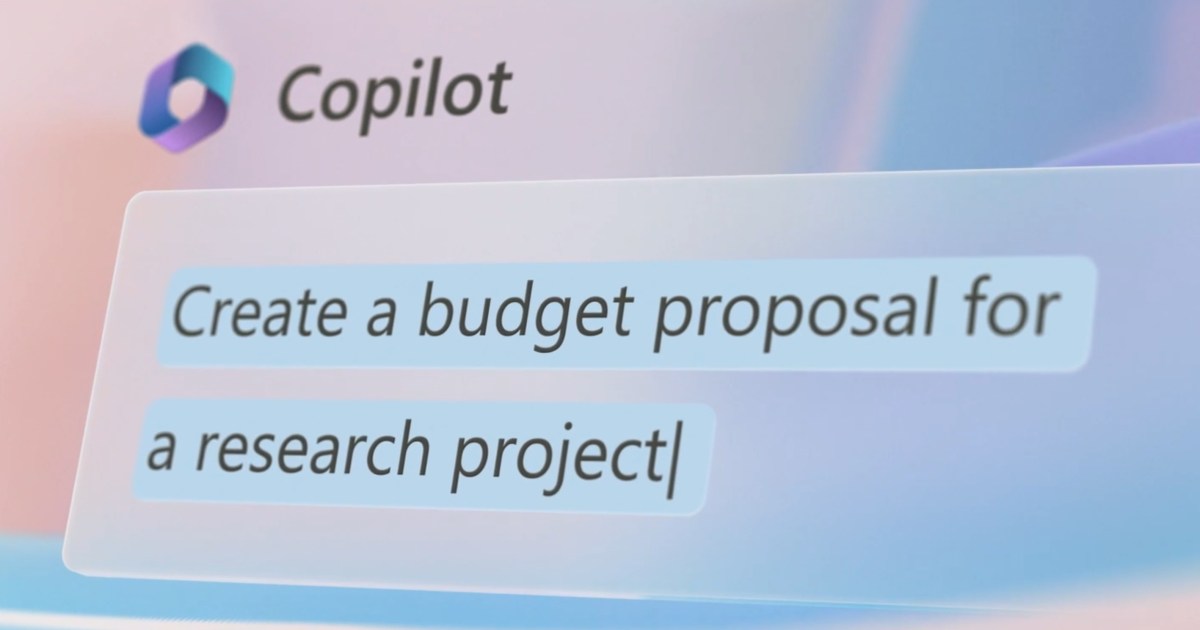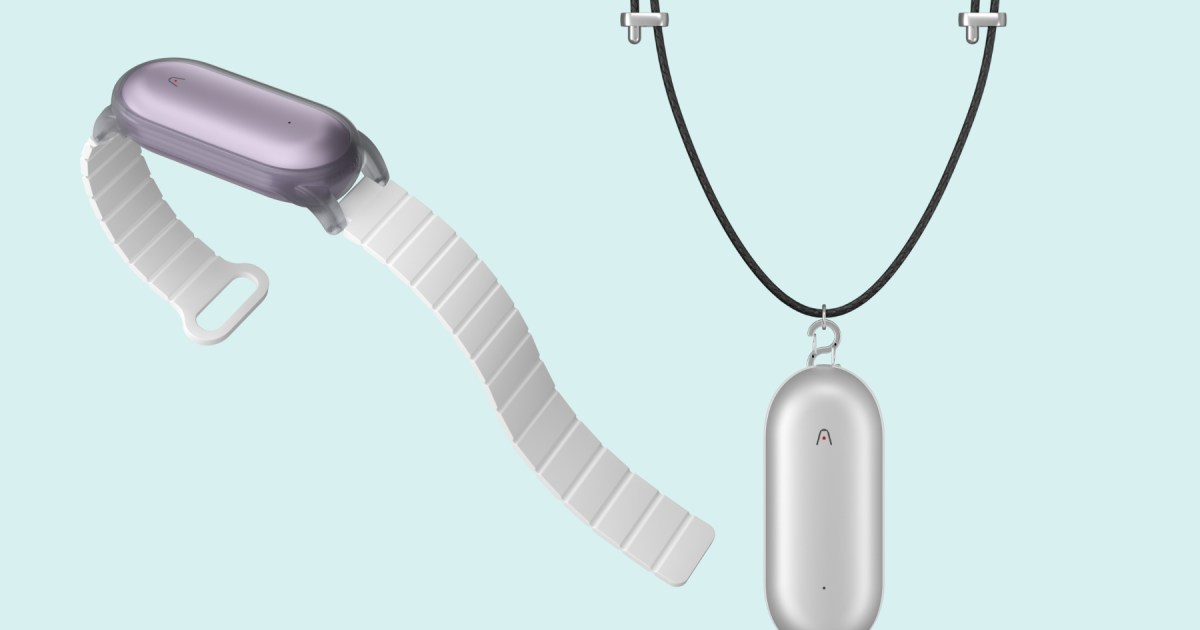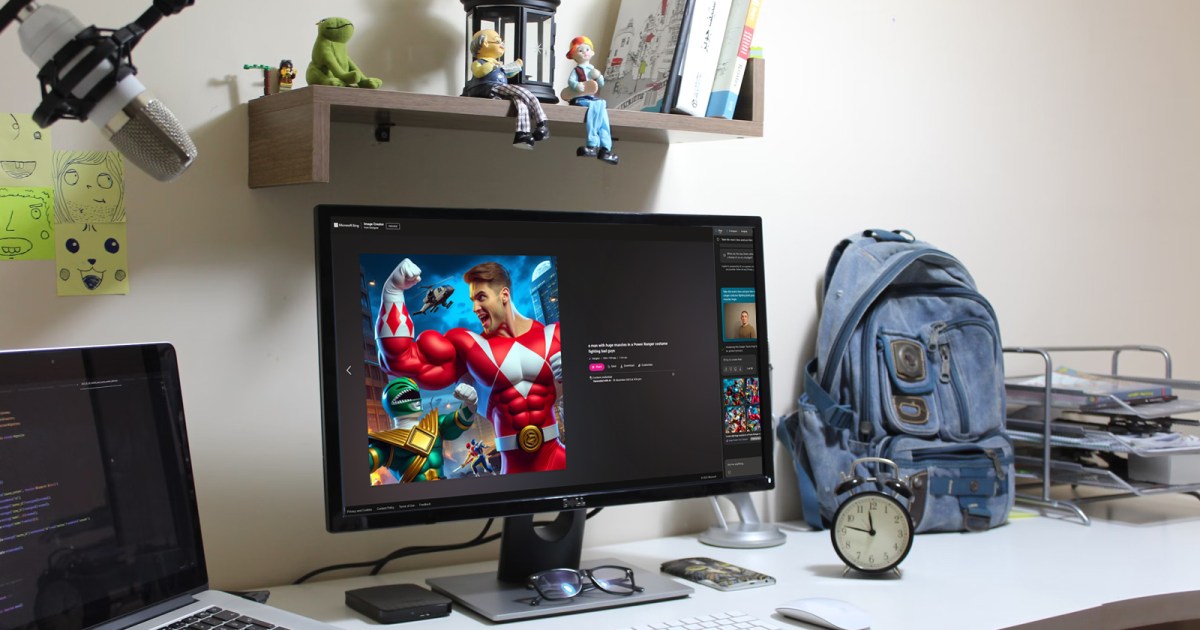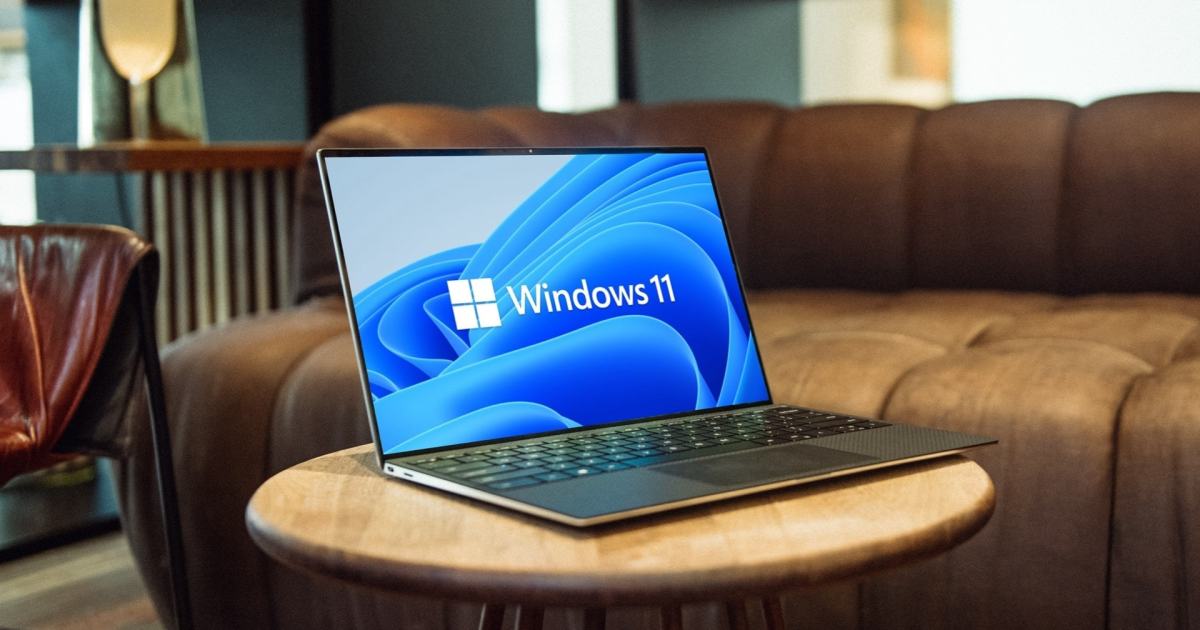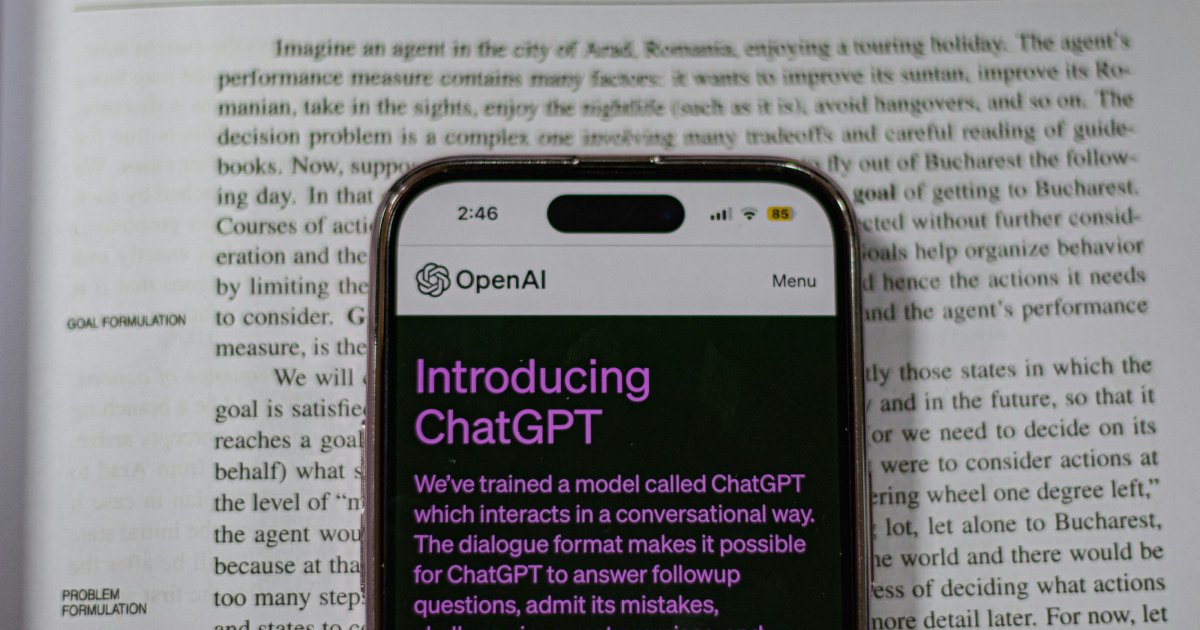Table tennis has become a popular proving ground for robotics technology. Companies like Omron have previously demonstrated robots capable of rallying with humans, showcasing advancements in sensor and control systems. Now, with the rapid progress of artificial intelligence (AI), even more sophisticated robotic table tennis players are emerging, challenging even seasoned human competitors.
Google DeepMind engineers have developed a remarkable AI-powered robot that plays table tennis at a near-human level. Described in their paper “Achieving Human Level Competitive Robot Table Tennis,” the robot combines AI with an industrial robotic arm wielding a paddle. This system represents a significant step towards achieving human-level speed and performance in real-world robotics tasks.
The robot showcases impressive capabilities, executing a variety of forehand and backhand shots with speed and precision. A key feature is its ability to return spin serves, demonstrating an understanding of ball spin and the necessary adjustments for accurate returns. The robot effectively handles balls at varying speeds and heights, originating from all areas of the table, including high bounces.
This achievement marks a milestone in robotics, representing the first learned robot agent to reach amateur human-level performance in competitive table tennis. The researchers highlighted this achievement as progress towards a key goal in robotics research: attaining human-level speed and performance in real-world scenarios.
In a series of test matches, the robot boasted a 100% win rate against beginners and a 55% win rate against intermediate players. While it lost all matches against advanced players, highlighting areas for further development, the robot achieved an overall win rate of 45% across 29 games.



